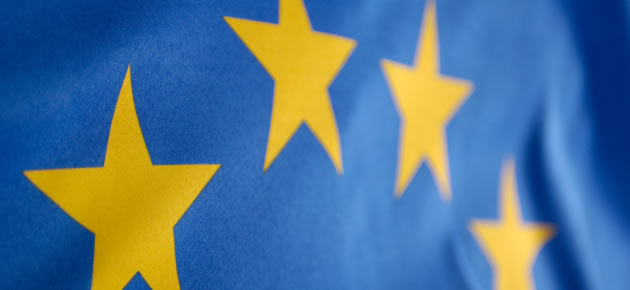Early in European trading the Euro was boosted against its US peer as German IFO current assessment, business climate and expectations reports showed improvement.
The common currency advanced on almost all of its major rivals as the data confirmed that the Eurozone’s largest economy began 2014 on a positive footing.
Elsewhere, industry experts expressed the hope that now French President Francois Hollande has confirmed his separation from partner Valerie Trierweiler the Eurozone’s second largest economy can return its focus to getting itself into better shape.
According to one lawmaker, ‘We can finally get back to talking about what French people really care about: unemployment, deficit, debt, lack of growth.’
EUR/USD gains were extended shortly after the North American session began and US new home sales figures were released.
The report showed that home sales plummeted by 7.0 per cent in December, month-on-month, following a negatively revised decline of 3.9 per cent in November.
Economists expected new home sales to slide by 1.9 per cent.
Put another way, sales fell from 445,000 in November to 414,000 in December rather than climbing to 455,000.
After the figures were released economist Michael Hanson noted; ‘I wouldn’t panic, but it’s obviously not a good report. I don’t feel like this is the beginning of the end of the housing recovery by any stretch.’
However, despite a slight softening in the US Dollar, the Euro’s upward momentum was a little restrained by the expectation that this week’s Eurozone report will show that the currency bloc ended last year with unemployment at a record high of 12.1 per cent.
As the Federal Open Market Committee is gathering for its monthly two-day meeting later this week – and will perhaps announce that stimulus will be tapered by a further 5 billion Dollars – US reports will be in particular focus.
A separate news report showed that the Dallas Fed manufacturing index advanced from 3.7 at the close of last year to 3.8 in January.
Over the next few days the main drivers of EUR/USD movement are likely to be US consumer confidence/durable goods orders figures, German unemployment figures and the Eurozone’s industrial/economic confidence report.
Of course, if the FOMC surprises markets and opts to leave stimulus unaltered the Euro could adopt a bullish relationship with its US counterpart for the foreseeable future.
Euro (EUR) Exchange Rates
[table width=”100%” colwidth=”50|50|50|50|50″ colalign=”left|left|left|left|left”]
Currency, ,Currency,Rate ,
Euro, ,US Dollar,1.3667,
,US Dollar,1.3667,
Euro, ,British Pound,0.8243 ,
,British Pound,0.8243 ,
Euro, ,Australian Dollar,1.5620,
,Australian Dollar,1.5620,
Euro, ,New Zealand Dollar,1.6572,
,New Zealand Dollar,1.6572,
Euro, ,Canadian Dollar,1.5094 ,
,Canadian Dollar,1.5094 ,
[/table]



